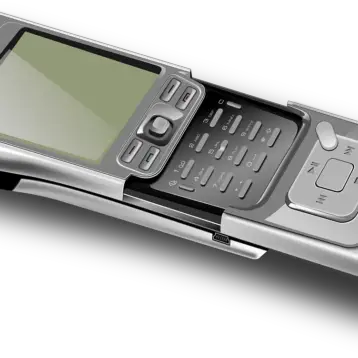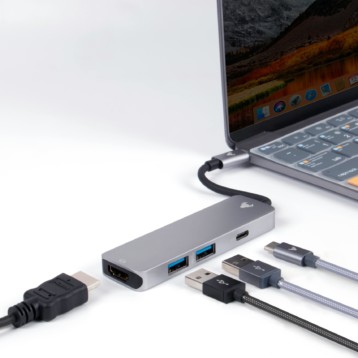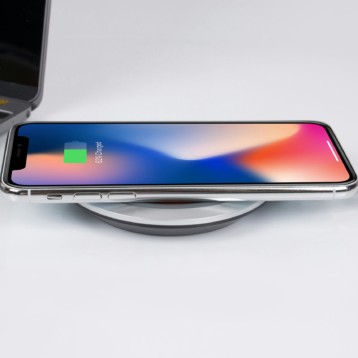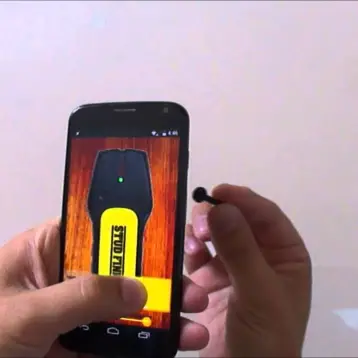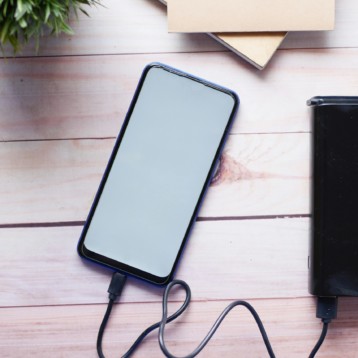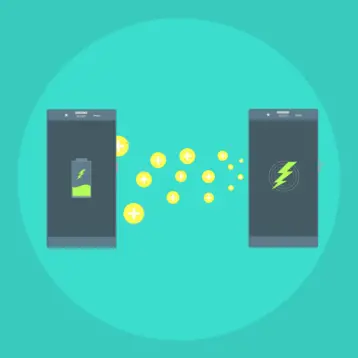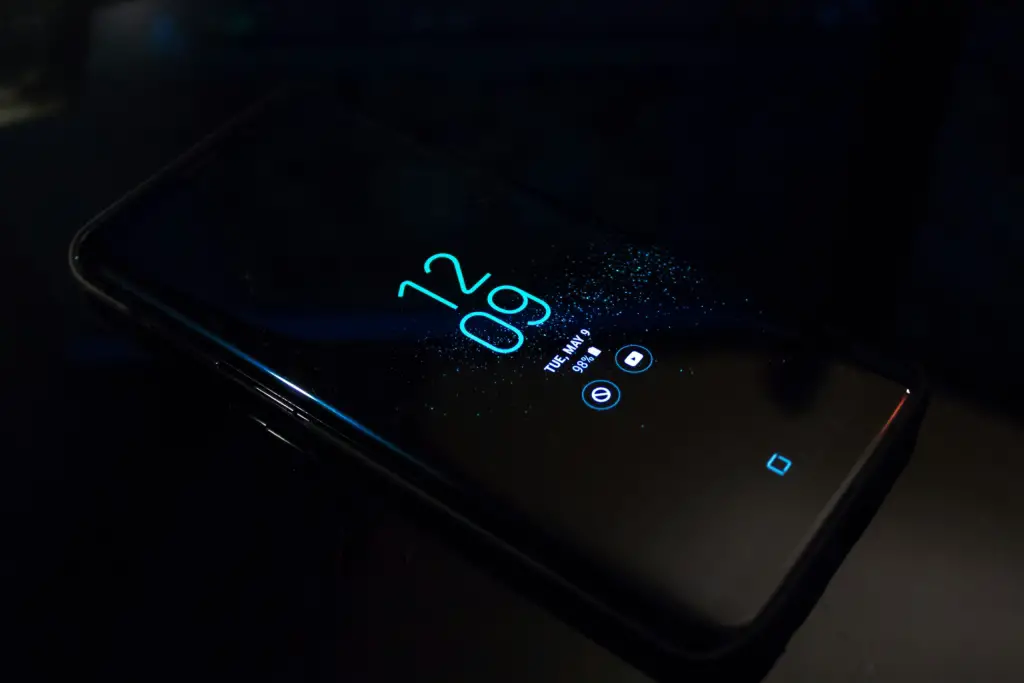
In today’s world, our smartphones and tablets have become essential tools that we rely on for various tasks, from communication and entertainment to productivity and navigation, our day mostly starts and ends with them in hand . With so much reliance on these devices, it’s crucial to protect their screens from scratches, cracks, and other forms of damage.
But when it comes to screen protectors, you have two main choices: matte or glossy. The decision between these two finishes can significantly impact your device’s screen quality and overall user experience.
Key Differences Between Matte vs. Glossy Screen Protector
Clarity and Brightness
Matte – Less clarity and brightness
Glossy – Excellent clarity and brightness
One of the most noticeable differences between matte and glossy screen protectors lies in their impact on screen clarity and brightness. A glossy screen protector, with its smooth and transparent surface, allows light to pass through with minimal diffusion, resulting in a crystal-clear display. This makes glossy protectors an excellent choice for those who value vibrant colors, sharp details, and true-to-life image quality, particularly for activities like photo editing, video streaming, and gaming.
On the other hand, a matte screen protector has a slightly rougher surface that diffuses light, which can lead to a slightly dimmer and less vibrant display. This diffusion is intentional, as it helps reduce glare and reflections, making it easier to view the screen in bright outdoor conditions. However, the trade-off is that colors may appear slightly muted, and fine details could appear slightly softened or fuzzy compared to a glossy protector.
Color Saturation and Accuracy
Matte – Less color saturation and accuracy
Glossy – More color saturation and accuracy
Building on the topic of clarity, color saturation and accuracy are other factors to consider when choosing between matte and glossy screen protectors. Glossy protectors generally offer more accurate color representation since they do not interfere with the light emitted from the screen. This makes them a better choice for photographers, graphic designers, and anyone who needs precise color accuracy for their work or hobbies.
Matte protectors, on the other hand, can sometimes cause a slight desaturation or muting of colors due to the diffusion of light. While this effect is typically subtle and may not be noticeable to most users, it could be a concern for those who work with color-critical applications or simply prefer the most vibrant and true-to-life display possible.
Outdoor Visibility
Matte – Good outdoor visibility
Glossy – Bad outdoor visibility
One area where matte screen protectors truly shine (pun intended) is outdoor visibility. Have you ever tried to check your phone or tablet in direct sunlight? If so, you know how frustrating it can be to battle with glare and reflections that make the screen nearly impossible to see. This is where the anti-glare properties of matte screen protectors come into play.
By diffusing and reducing the amount of light reflected off the screen, matte protectors significantly improve outdoor visibility, making it easier to read texts, check emails, or navigate maps without squinting or struggling to see the display. This is particularly useful for outdoor enthusiasts, construction workers, or anyone who spends a significant amount of time working or playing under the sun.
Smudge and Fingerprint Resistance
Matte – Smudge-proof and fingerprint resistant
Glossy – Not smudge-proof and fingerprint resistant
Another practical consideration when choosing between matte and glossy screen protectors is their resistance to smudges and fingerprints. If you’re someone who is easily annoyed by greasy fingerprints and smears on your device’s screen, a matte protector could be a game-changer.
Thanks to their slightly rougher texture, matte screen protectors are naturally more resistant to fingerprints and smudges. The textured surface makes it harder for oils and dirt to adhere to the protector, keeping your screen looking cleaner for longer. This can be especially beneficial for those who frequently use their devices with greasy or sweaty hands, or for devices shared among multiple users.
Glossy screen protectors, on the other hand, are just as prone to smudges and fingerprints as the bare screen of your device. While this may not be a dealbreaker for everyone, it’s worth considering if you prioritize a clean, smudge-free display.
Durability and Scratch Resistance
When it comes to durability and scratch resistance, the choice between matte and glossy screen protectors is less significant. Both types of protectors can offer excellent protection against scratches, cracks, and other forms of damage, provided they are made from high-quality materials and installed correctly.
Many reputable screen protector manufacturers offer premium-quality tempered glass protectors with 9H hardness ratings, which are highly scratch-resistant and durable. These protectors often come with additional features like oleophobic coatings to repel oils and fingerprints, and precise laser-cut bevels for a seamless fit on your device.
The true determinant of durability and scratch resistance lies in the quality of the protector itself, rather than whether it’s matte or glossy. As long as you choose a reputable brand and follow proper installation instructions, you can expect excellent protection for your device‘s screen regardless of the finish you choose.
Personal Preferences And Use Cases
While the differences between matte and glossy screen protectors are clear, the “better” choice ultimately comes down to personal preferences and use cases. Both options have their strengths and weaknesses, and the decision should be based on how you plan to use your device and what factors are most important to you.
For example, if you spend a significant amount of time outdoors or in bright environments, a matte screen protector could be the ideal choice, as it will greatly improve visibility and reduce glare. On the other hand, if you primarily use your device indoors and value vibrant colors, sharp details, and accurate color representation, a glossy protector might be the better option.
Additionally, consider your personal tolerance for smudges and fingerprints. If you find them particularly bothersome, a matte protector’s smudge-resistant surface could be a game-changer. However, if you don’t mind the occasional fingerprint and prioritize maximum clarity and color accuracy, a glossy protector might be the way to go.
It’s also worth noting that some users opt for a hybrid approach, using a matte protector when they anticipate being outdoors or in bright conditions, and swapping it out for a glossy protector when they’re indoors or need the best possible image quality.
Conclusion
In the battle between matte and glossy screen protectors, there is no clear winner – it ultimately comes down to your specific needs, preferences, and use cases. Both options offer excellent protection for your device’s screen, but they differ in terms of clarity, color accuracy, outdoor visibility, and smudge resistance.
If you value true-to-life colors, vibrant displays, and maximum clarity, a glossy screen protector might be the way to go. However, if you spend a lot of time outdoors or in bright environments, or if you’re particularly bothered by smudges and fingerprints, a matte protector could be the better choice.
Regardless of which option you choose, it’s essential to prioritize quality and durability when selecting a screen protector. Reputable brands like SaharaCase offer premium tempered glass protectors with features like scratch resistance, precise fit, and installation kits, ensuring that your device stays protected and your screen looks its best, no matter which finish you prefer.





